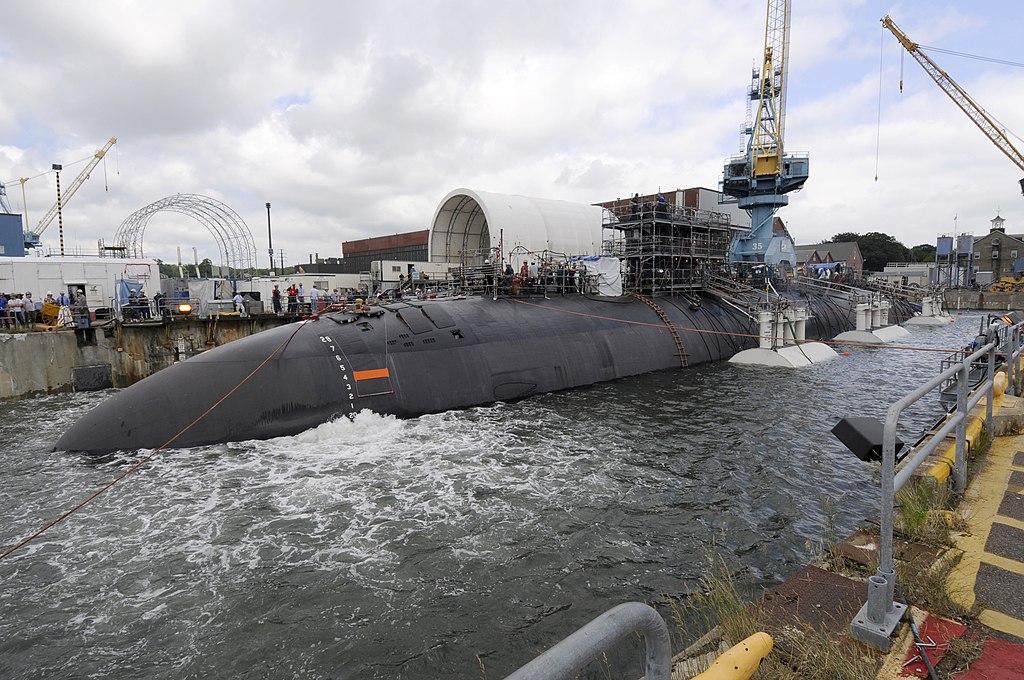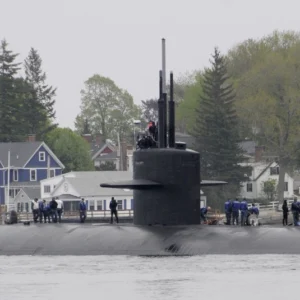During the height of the Cold War, the U.S. Navy developed the P-3 Orion — a turboprop anti-submarine and maritime surveillance aircraft — to counter the Soviet Union’s submarine fleet. Its purpose was to eliminate Soviet ballistic missiles and fast-attack submarines.
More than 50 years have passed, but the threat of underwater warfare is greater than ever. For years, there have been reports of increased Russian submarine activity in the North Atlantic Ocean, dangerously close to the U.S. shores. In 2009, the Pentagon “detected two Russian-attack submarines patrolling several hundred miles off the East Coast of the United States.”
Former Vice Admiral Andrew “Woody” Lewis said in 2020 that the Navy has “seen an ever-increasing number of Russian submarines deployed in the Atlantic,” and that they “are more capable than ever, deploying for longer periods of time, with more lethal weapons systems.” He went on to say that U.S. ships “can no longer expect to operate in a safe haven on the East Coast.”

Shipyard workers at Portsmouth Naval Shipyard successfully undock the Los Angeles-class submarine USS San Juan (SSN 751)
In 2019, Russia conducted an operation to see how far south it could navigate 10 of its submarines before being detected by NATO.
U.S. Navy Vice Adm. Daniel Dwyer, commander of the Navy’s 2nd Fleet, voiced concerns about Russia’s growing submarine fleet, saying that “the Atlantic no longer provided that geography that enabled our protection and that standoff (distance) that we’ve enjoyed for so many decades.”
The expansion and modernization of the Russian fleet have been an increasing concern for the Pentagon, but it isn’t the only growing naval threat the U.S. faces. China also has ambitions to create a large naval submarine fleet and has been quietly working toward that goal.
Defense experts have monitored China’s submarine investments closely. Estimates speculate that there are 50 diesel-powered attack submarines, six nuclear-powered attack submarines, and four nuclear-powered ballistic missile submarines in China’s fleet. The adversarial nation has been successfully procuring electric-powered submarines, which are proving to be as difficult to track as nuclear submarines while also being significantly less expensive. This procurement strategy allows China to build a more effective, sophisticated submarine fleet.
Meanwhile, the number of U.S. and Allied forces’ submarine-hunting aircraft has decreased due to the phasing out of the P-3 Orion. Its next-generation predecessor, the P-8A Poseidon, is strategically replacing the P-3 and bringing new, advanced technologies to its anti-surface, anti-submarine warfare mission.
The aircraft was developed to meet the Navy’s need for rapid-response and long-range search capabilities and intelligence surveillance and reconnaissance missions. It is the world’s most capable sub-hunting aircraft and is a Program of Record for the Navy.
However, military and congressional leadership must prioritize this program to achieve readiness levels and prepare for attacks in the Atlantic and Pacific oceans. Currently, the Navy falls 10 aircraft short of its full warfighting requirement. With rising international tensions and growing adversarial capabilities, U.S. military and policy leaders must reconsider the decision to remain below readiness levels. It would be devastating for the United States and our allies to be caught unprepared for a fight we’ve seen coming for more than a decade.





